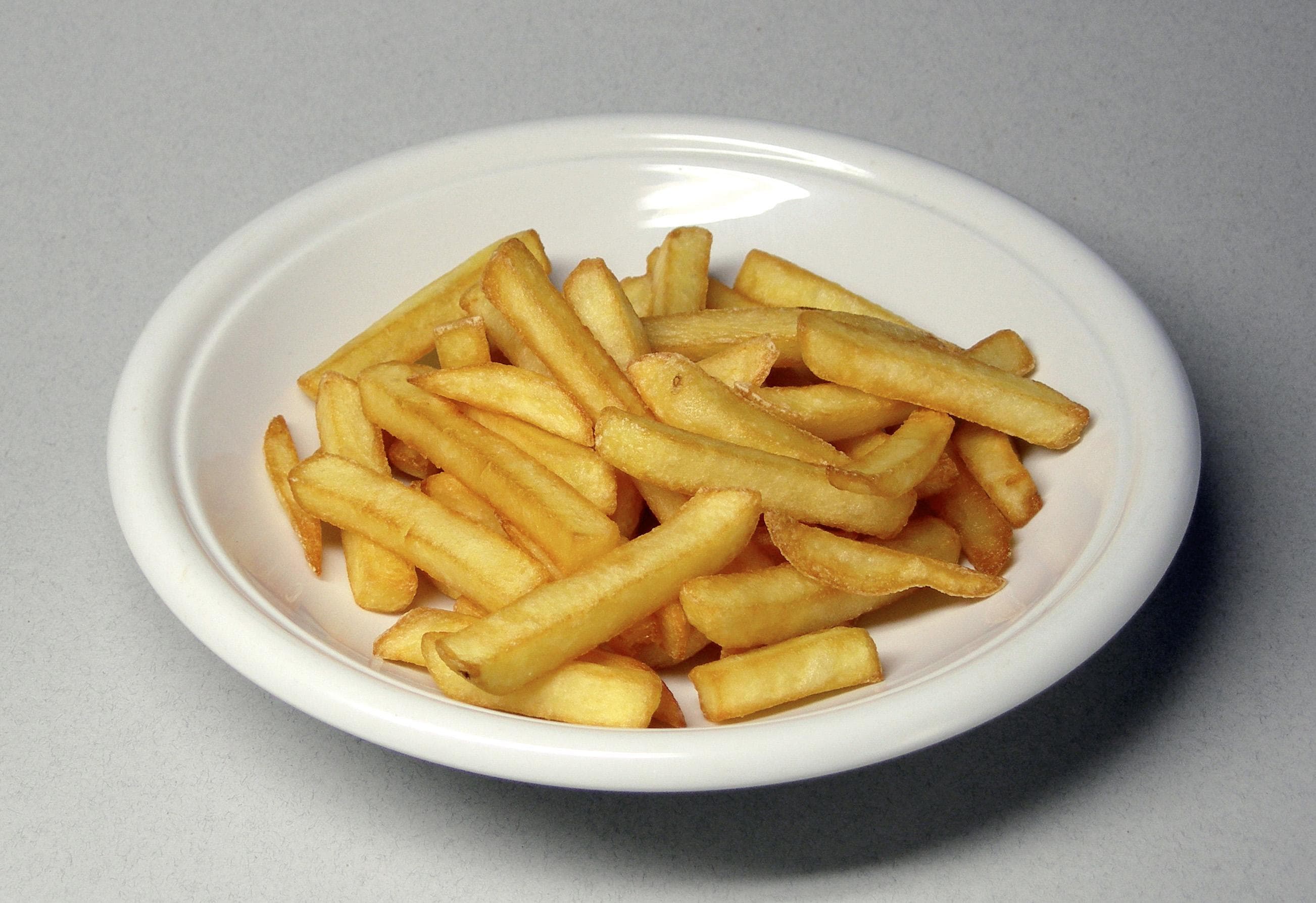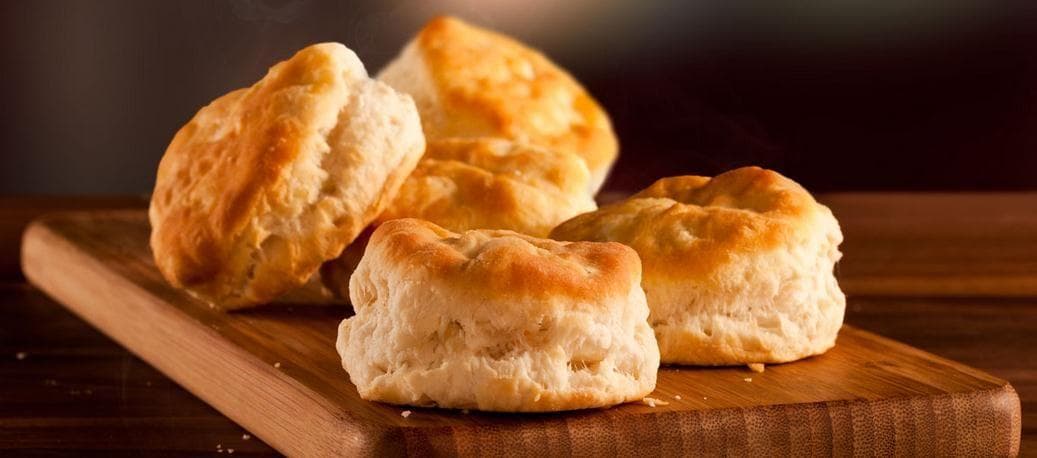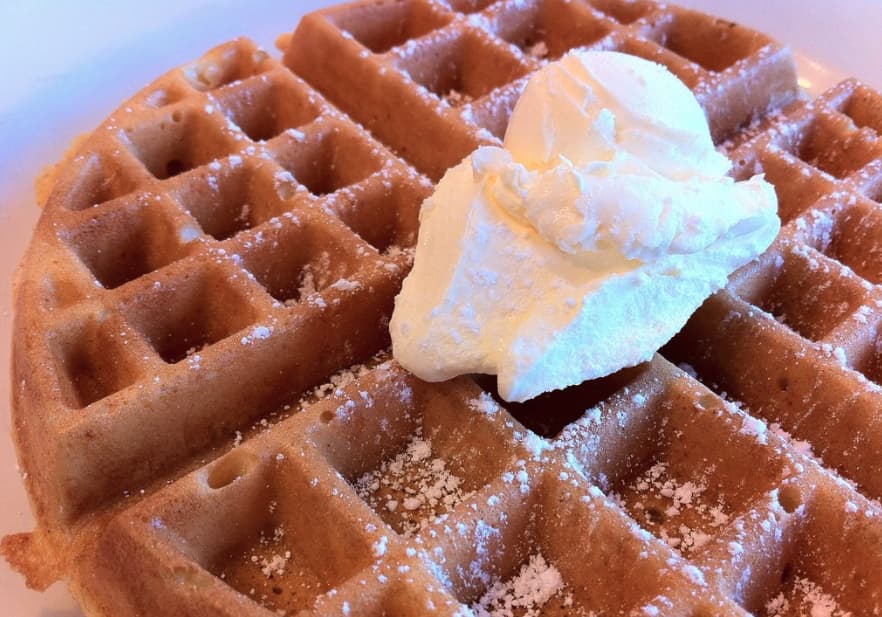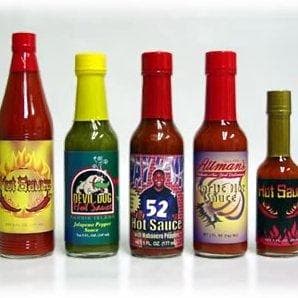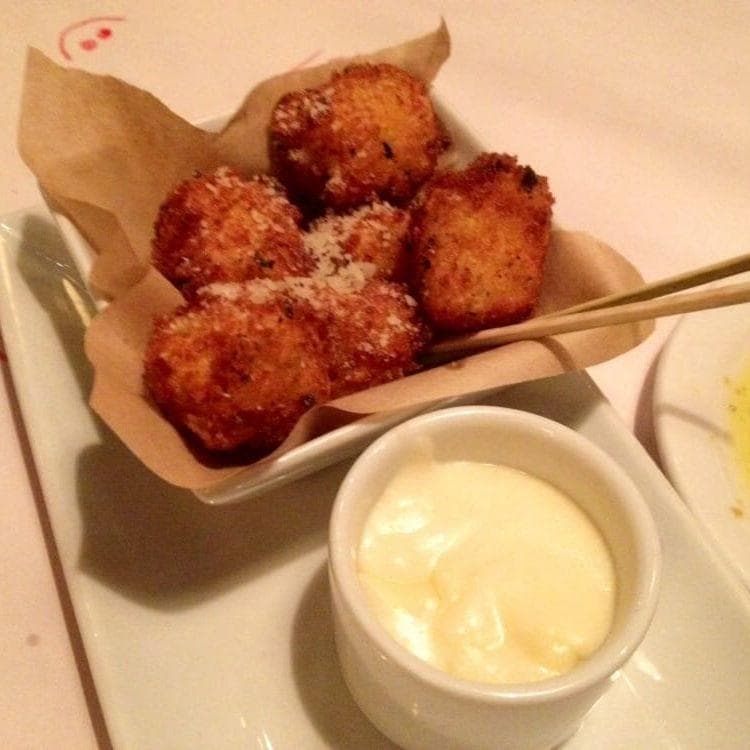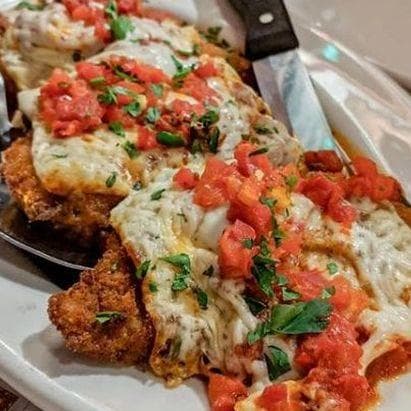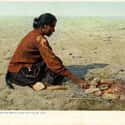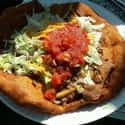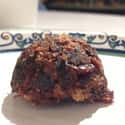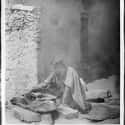-
(#1) Ntsidigo'i: Navajo Kneel-Down Bread
Navajo kneel-down bread, traditionally called "ntsidigo'i," was named for how it looks after preparation. The bread was made of corn, a staple of the Navajo diet. Ground corn was wrapped in corn husks and then boiled or baked. Because the ends of the husks were tucked in or folded, the whole thing looked like the legs of a kneeling individual.
Kneel-down bread was soft once it was cooked, often with a crispy outside layer. Sometimes kneel-down bread was given to medicine men in payment for services or for a blessing. It was offered to tribal elders, as well. Kneel-down bread is also known as a Navajo tamale, but this isn't a universally accepted identifier.
-

(#2) Pashofa: Chickasaw Corn And Pork
"Pashofa," a mixture of pork, corn, and water, was a dish that required numerous hours of preparation. Pashofa was also a soup that needed to be made in large quantities because it was served to bring together members of the Chickasaw community.
To make pashofa, corn was cracked and put into boiling water. Hours upon hours of stirring allowed the corn to soften and, when the corn was halfway cooked, pieces of pork were added in.
It was important to keep the corn from sticking to the pot, something that necessitated paddles just for that purpose. Paddles made of hickory or oak were passed down for generations to stir pots of pashofa.
-
(#3) Atoo': Navajo Mutton Stew
As a general term for stew, soup, and mush, "atoo'" often included meat from wild game like rabbit. Stews, soups, and mushes incorporated vegetables such as celery, onion, and wild spinach with squash, corn, and potatoes, as well.
As Native American tribes transitioned from hunting to animal husbandry, meat from goats, cows, and sheep found their way into atoo'. Mutton atoo' was made by sautéing the meat before adding it to a pot of boiling water. Once vegetables were added, the mixture was cooked for a short time, after which seasoning and more water were added. More cooking time then followed and, when served, it was often accompanied by some sort of bread or tortilla.
-
(#4) Dah Díníilgaazh: Navajo Frybread
As another commonly found item among Navajo groups, frybread found many uses. Simply made using flour, milk, water, and shortening, frybread consisted of unleavened dough fried in a pan. Once the mixture was fried on both sides, it was topped with cheese, tomatoes, beans, or vegetables. In many ways, Navajo frybread served in this fashion resembled a taco.
Frybread was also served with atoo' - soups and stews - but could be drizzled with honey to sweeten it, as well.
Once Native Americans were relocated to substandard lands on reservations, they became increasingly dependent upon rations provided by the United States government. Frybread was one of the few foods that could be made using the lard, flour, and other supplies to which Native Americans had access.
-
(#5) Wasna: Lakota Dried Meats And Fruits
"Wasna" roughly translates to "anything mixed together," and the Sioux people - made up of the Lakota, Dakota, and Nakota - believed in both its nutritional and spiritual importance. According to legend, wasna (also known as pemmican) was the lifeblood of the Sioux people, a mixture of dried meat, fruit, and fat.
Due to its high caloric value, wasna was highly valued because it could keep warriors and hunters going for days on end. To make wasna, Native Americans took dried meat, most often beef, buffalo, or venison, and mixed it with dried berries. It was coated in melted kidney fat or lard and eaten with a spoon or by hand. Wasna was also put into pouches or bladders, but is now often shaped into balls, patties, or squares for easy travel.
-
(#6) Wiiwish: Miwok Acorn Mush
Common among the Payómkawichum (called Luiseños by the Spanish) of California, "wiiwish" was also associated with Miwok peoples native to the northern part of the state. Wiiwish was a stew made out of acorns, the highly nutritious nut that falls from oak trees. With more than 10 kinds of acorns prevalent in Northern California, wiiwish blended different types of flavors while giving its eaters essential fats, carbohydrates, vitamins, and protein.
The first step to making wiiwish involved collecting acorns each autumn. Once gathered, acorns were dried and stored until needed. In preparation for making wiiwish, the acorn was broken open and the kernels were removed from the shells. Their skin was peeled and the acorn kernels were ground into flour. The flour was mixed with water, leached to remove bitterness, and then cooked into a mush, bread, or stew.
When Charles F. Saunders traveled to the American West during the early 20th century, he ate some wiiwish and commented on its taste:
In taste it is rather flat but with a suggestion of nuttiness that becomes distinctly agreeable even to some white palates. Judging from my own experience with it, I should pronounce it about as good as an average breakfast- food mush. Cream and sugar and a pinch of salt are considered needful concomitants by most white consumers.
Acorns were also eaten by members of other tribes including the Apache and the Yavapai.
-

(#7) Tiswin: Apache Corn Beer
According to archeological findings, members of the Pueblo tribes in the American Southwest were drinking a corn-based beer some 800 years ago. "Tiswin," however, is often associated with the Apache, a separate group that had extensive contact with Pueblo groups.
According to Dahteste, a member of the Apache who was with Geronimo when he surrendered in 1886, tiswin was relatively easy to make:
You grind corn fine on metate (a mealing or grinding stone). Build a big fire, boil meal twenty minutes. Take it out, squeeze mash out good. Throw grounds away. Put in jar and let ferment with yeast twenty-four hours.
Dahteste indicated the fermentation process took longer without yeast. Often, weeds and roots were added and the grinding process could be done several times.
Another type of tiswin involved using the mescal plant or other cacti, a process that took days or weeks of crushing, boiling, and fermenting.
The role of alcohol in Apache society - much of the literature on the tribe refers to "tiswin drunks" - has been dismissed by members of the tribe. Tiswin had a relatively low alcohol content and, from the perspective of men like Victor Randall of the Mescalero Apache, "It takes a lot of drinking to get drunk on tiswin."
-
(#8) Piki: Hopi Cornmeal Bread
"Piki," a thin cornbread made by the Hopi, was similar to Navajo paperbread. Piki was made using blue or red corn that was mixed with ash and water. While the dough was often thick, the piki itself was very fine and thin. Women would take handfuls of piki dough and spread it over a hot, flat stone.
Once cooked, the piki could be folded, left flat, or rolled and served with a variety of other foods. It could also be left plain, sometimes flavored and brightly colored, as well.
The art of making piki was something women acquired over years of practice ,and the piki stone was located in a small room or house reserved for making piki.
-

(#9) Kanuchi: Cherokee Hickory Nut Soup
The importance of the hickory tree for Native Americans can be seen in the use of hickory nut oil for cooking and medicine. Hickory nuts could be crushed and made into a drink, but they could also be boiled, strained, and made into "hiccory milk."
One recipe that was common among Cherokee peoples was "kanuchi," or hickory nut soup. During the early autumn, women gathered fallen hickory nuts and let them dry for several weeks. The meat from the nuts was extracted, ground, and formed into balls. After being stored for a time, the balls were added to a vat of boiling water. Once the mixture was strained for any residual shell pieces, Cherokee women added hominy and, at times, sugar or honey.
-
(#10) Wojapi: Dakota Berry Pudding
As a sweet treat, "wojapi" was common among Sioux populations, most notably the Dakota and Lakota who lived in South Dakota. Wojapi was made using chokecherries, root flour, and sugar, which were mixed together, brought to a boil, and thickened as needed.
Wojapi was sometimes eaten as a pudding, but it was also served over frybread. Not a dessert, wojapi was part of traditional meals. Wojapi was also stored and served on special occasions and at ceremonial gatherings. The use of chokecherries was demonstrative of the importance of wojapi - these same berries were common in wasna and were prized for their medicinal properties.
New Random Displays Display All By Ranking
About This Tool
Native Americans are Indians, but many Americans today do not learn about the traditional food culture of American Indians, even though many Americans often eat foods that are influenced by Indians. The most important foods of the Old West Indian tribes were corn, pumpkins, and bison. Traditionally, American Indians’ food sources are hunting, fishing, raising livestock, and farming. Some traditional foods from the Old West have developed into signature dishes in different regions of the United States.
Many Indian tribes try their best to preserve Indian culture, including their food culture. Native Americans are full of respect, love, and gratitude to the earth because it is their food source. You could know more foods from the Old West with the generator.
Our data comes from Ranker, If you want to participate in the ranking of items displayed on this page, please click here.




